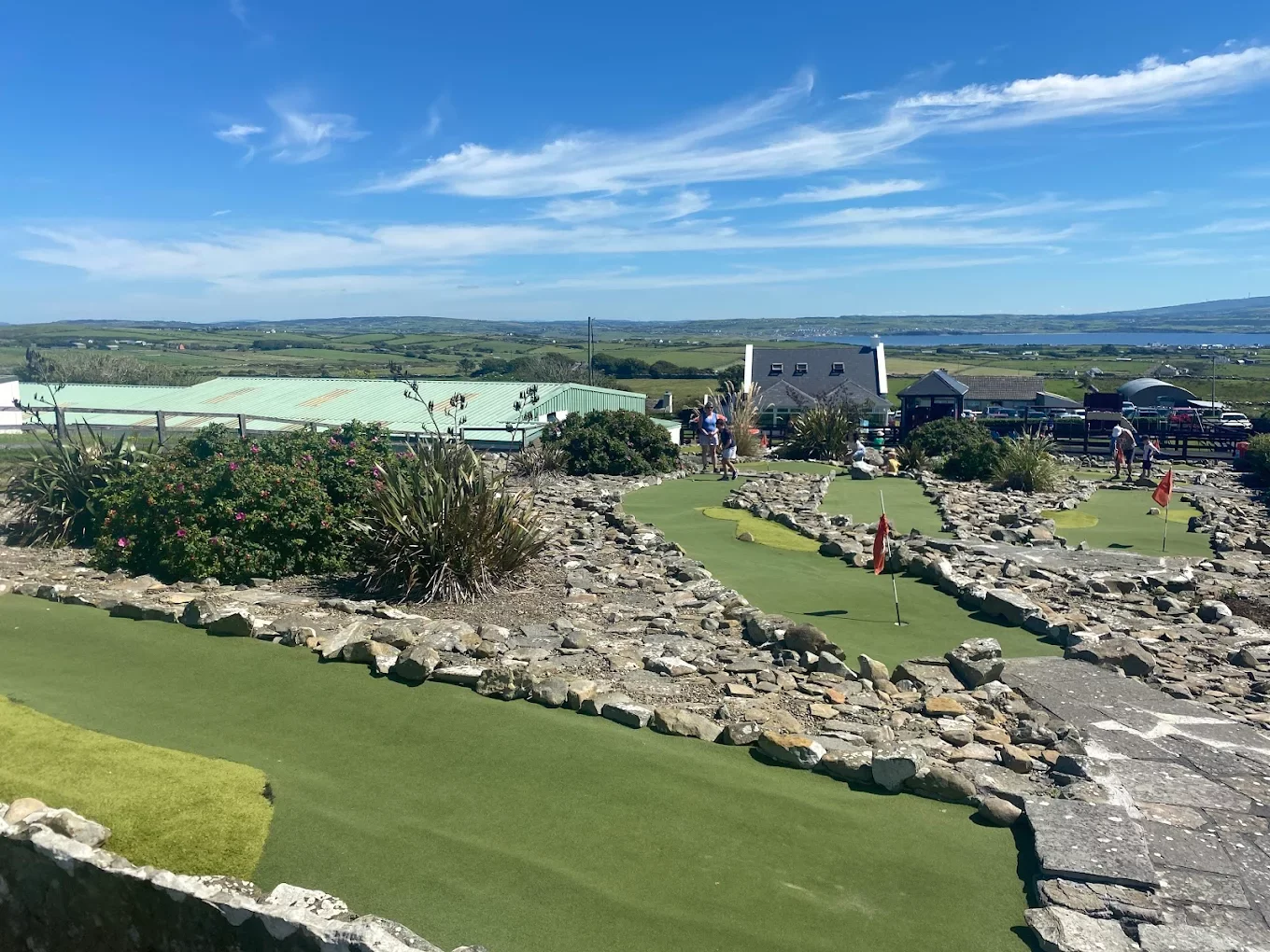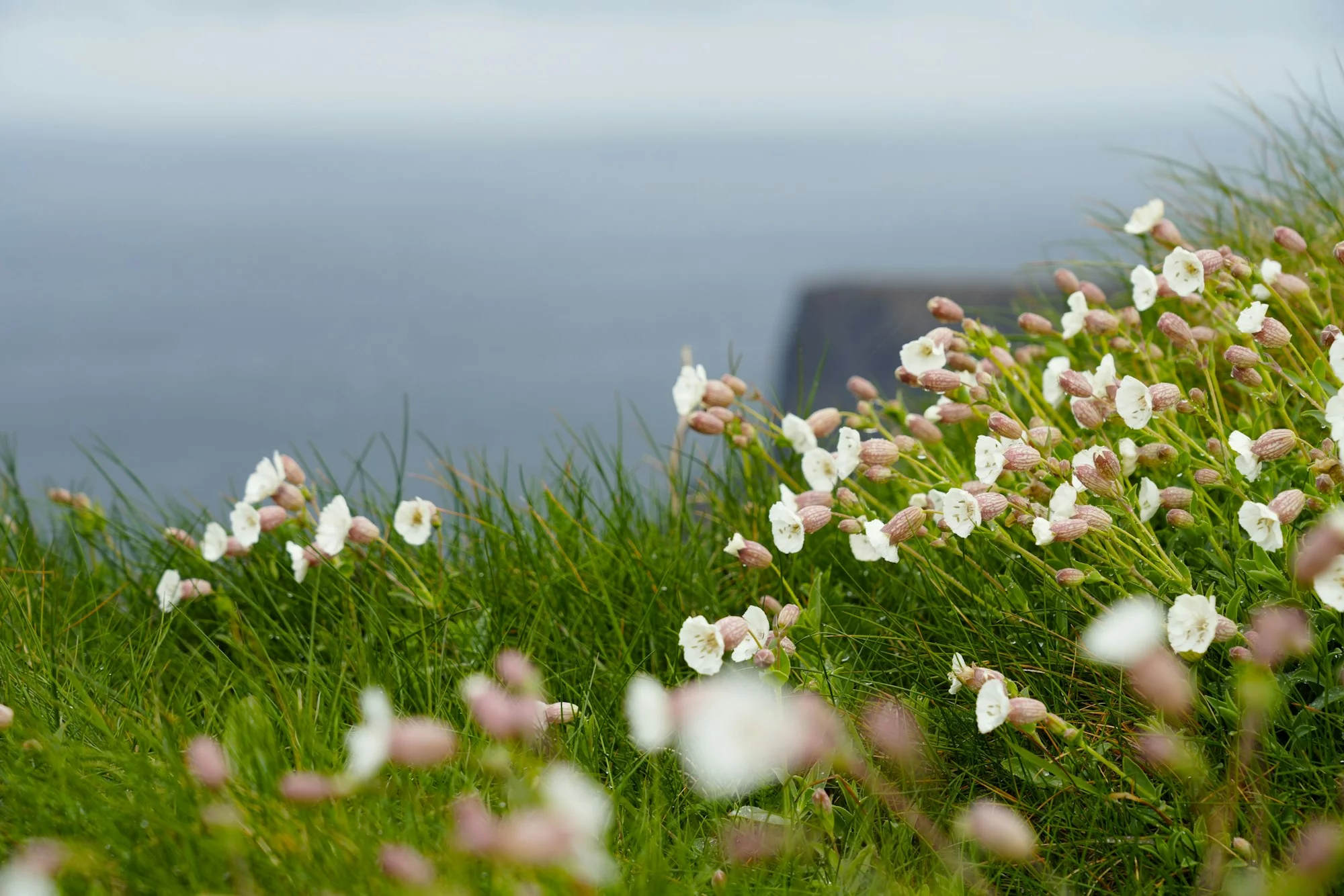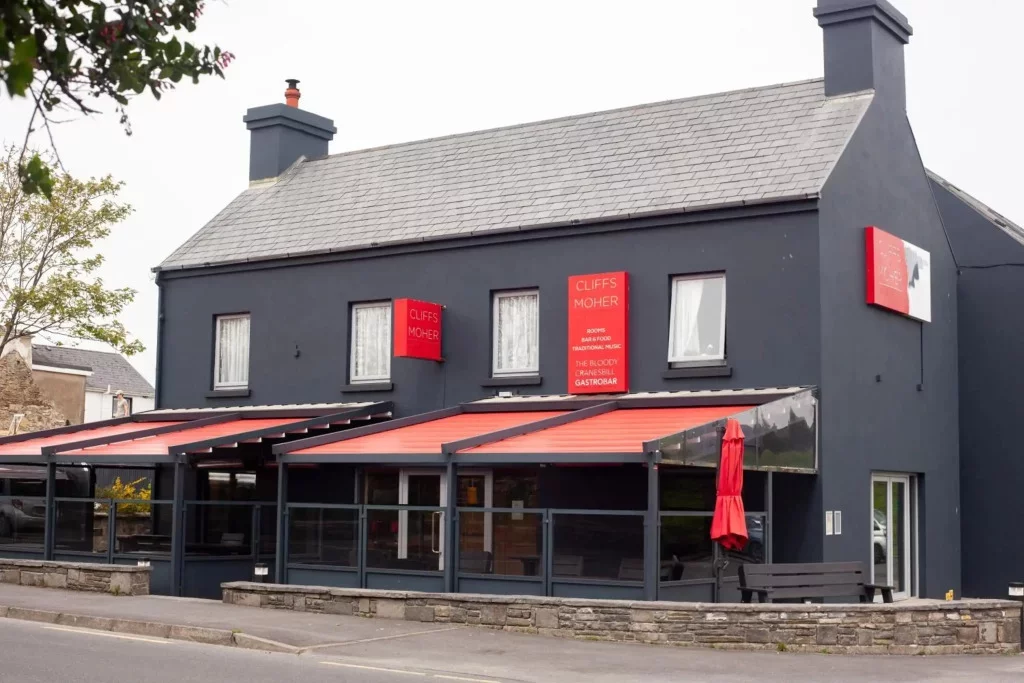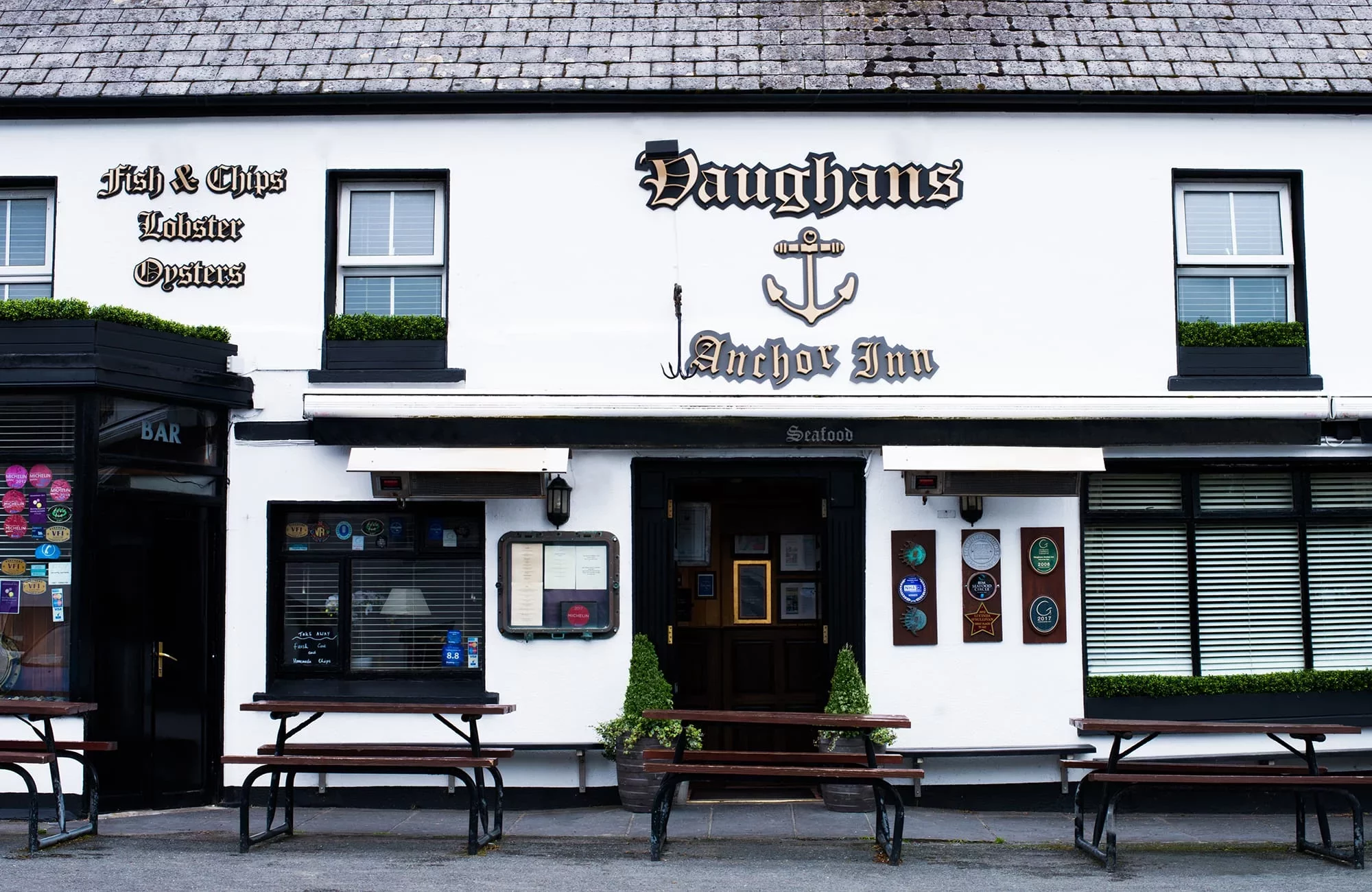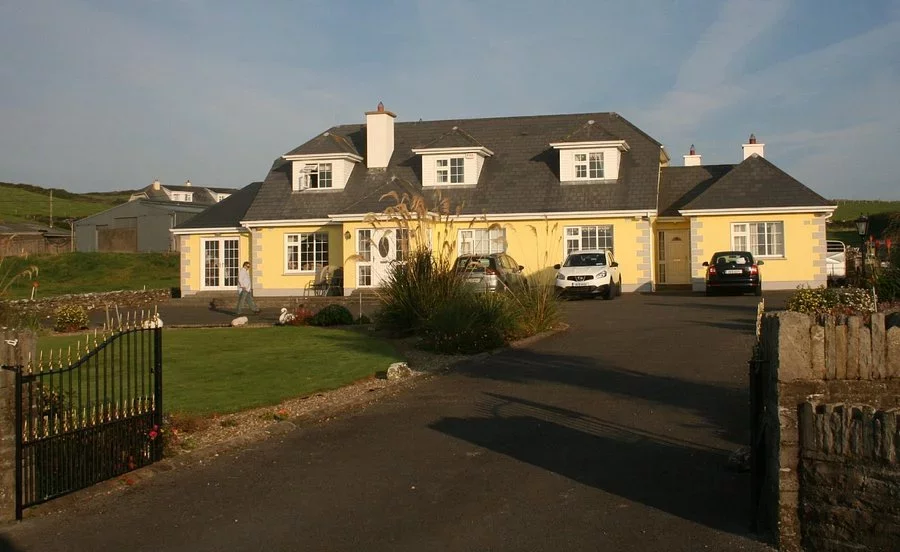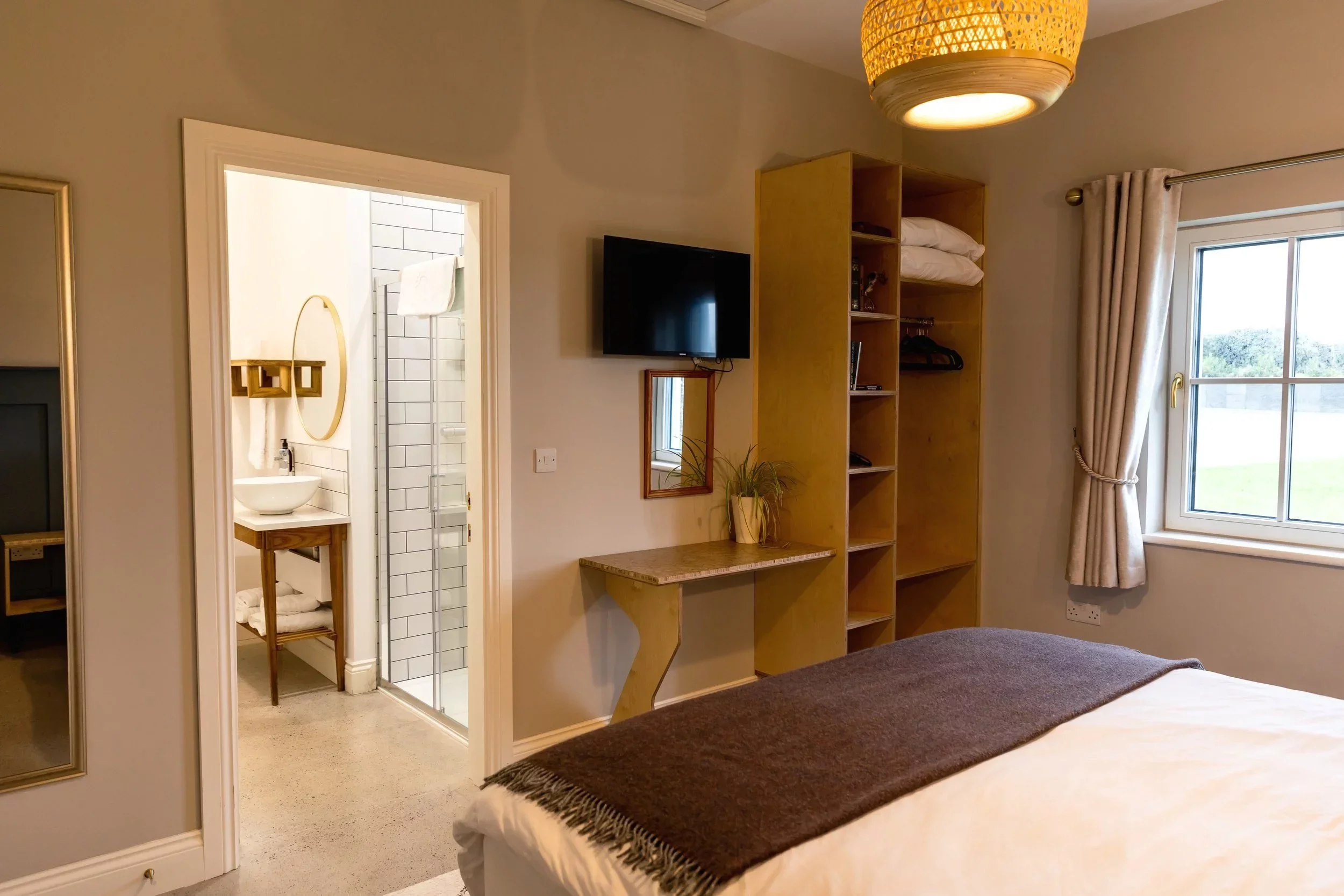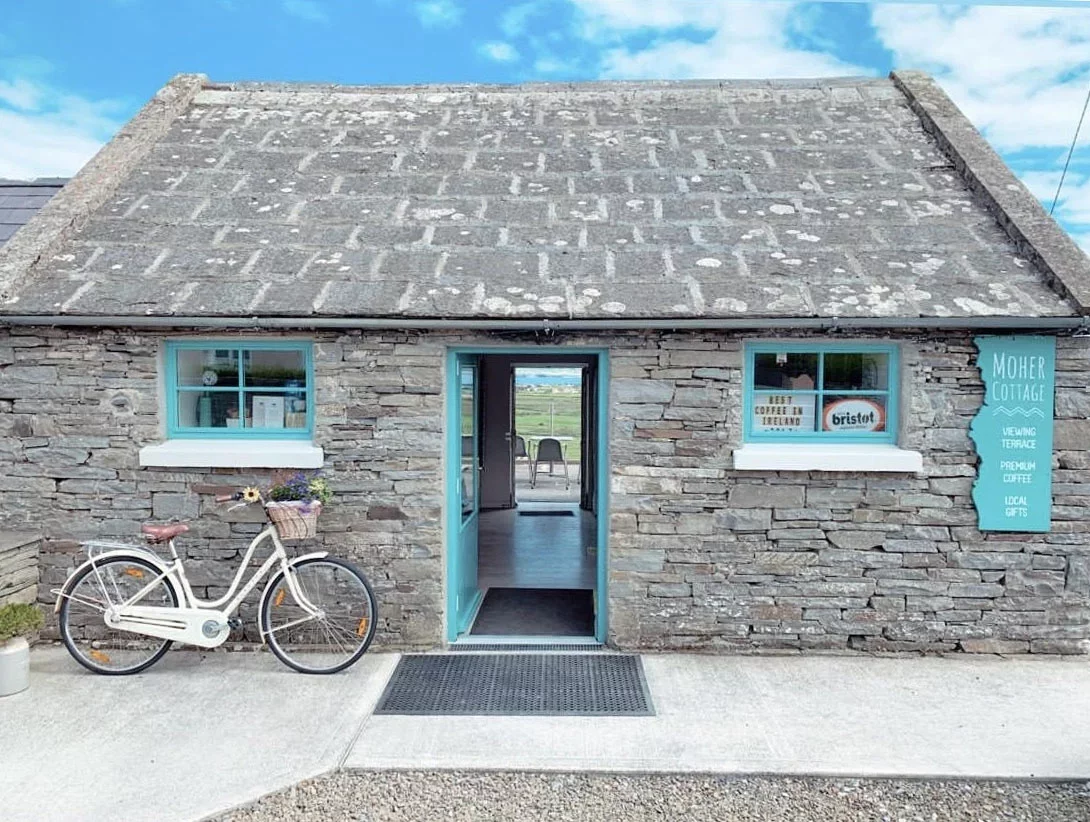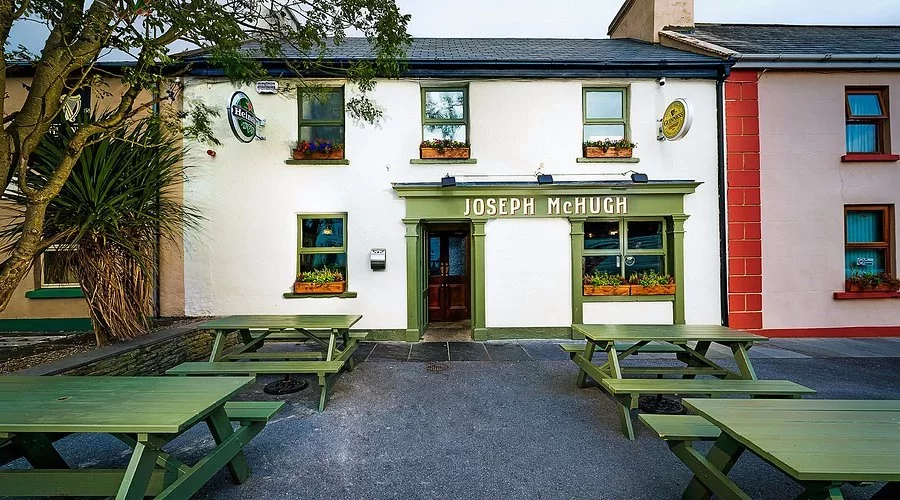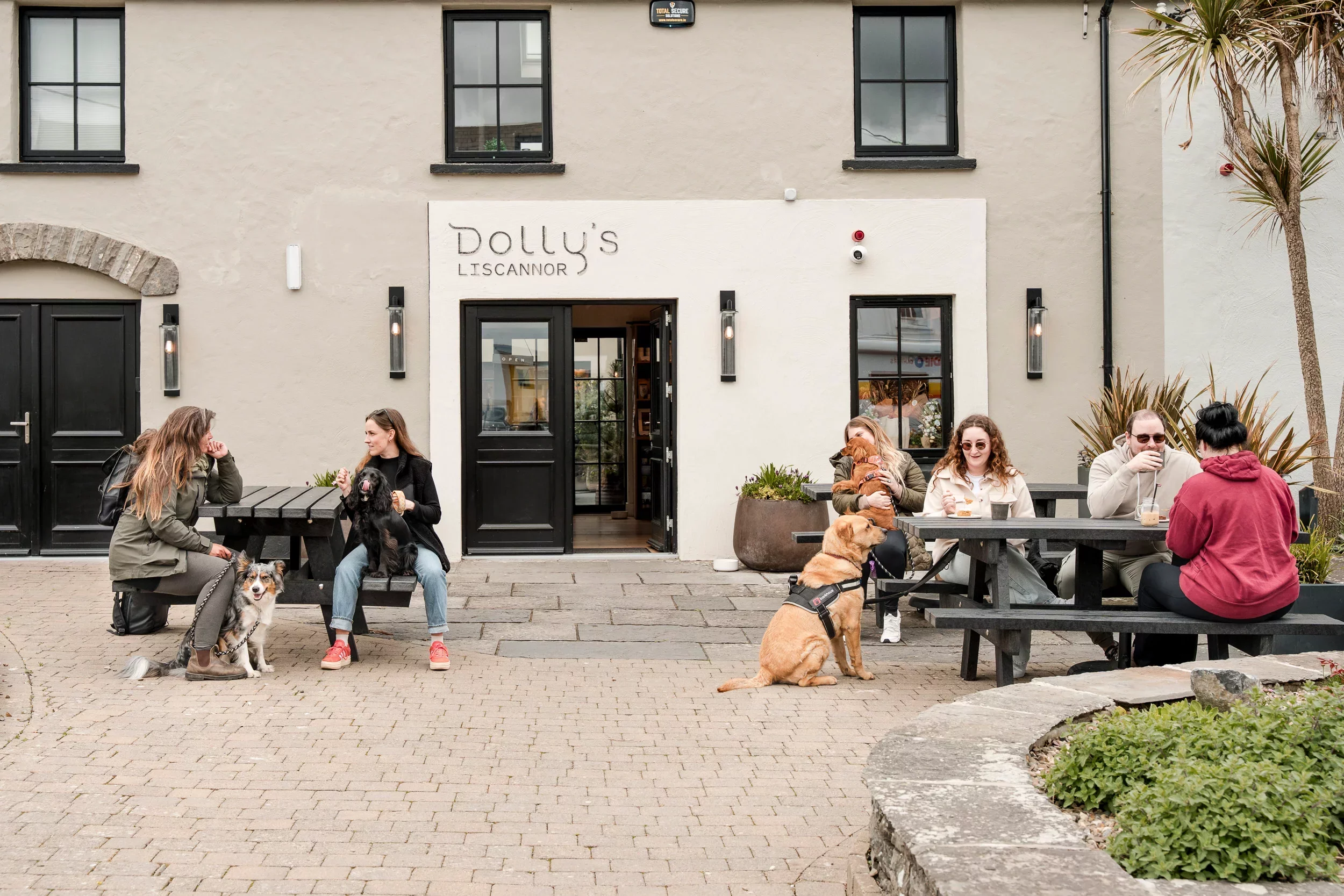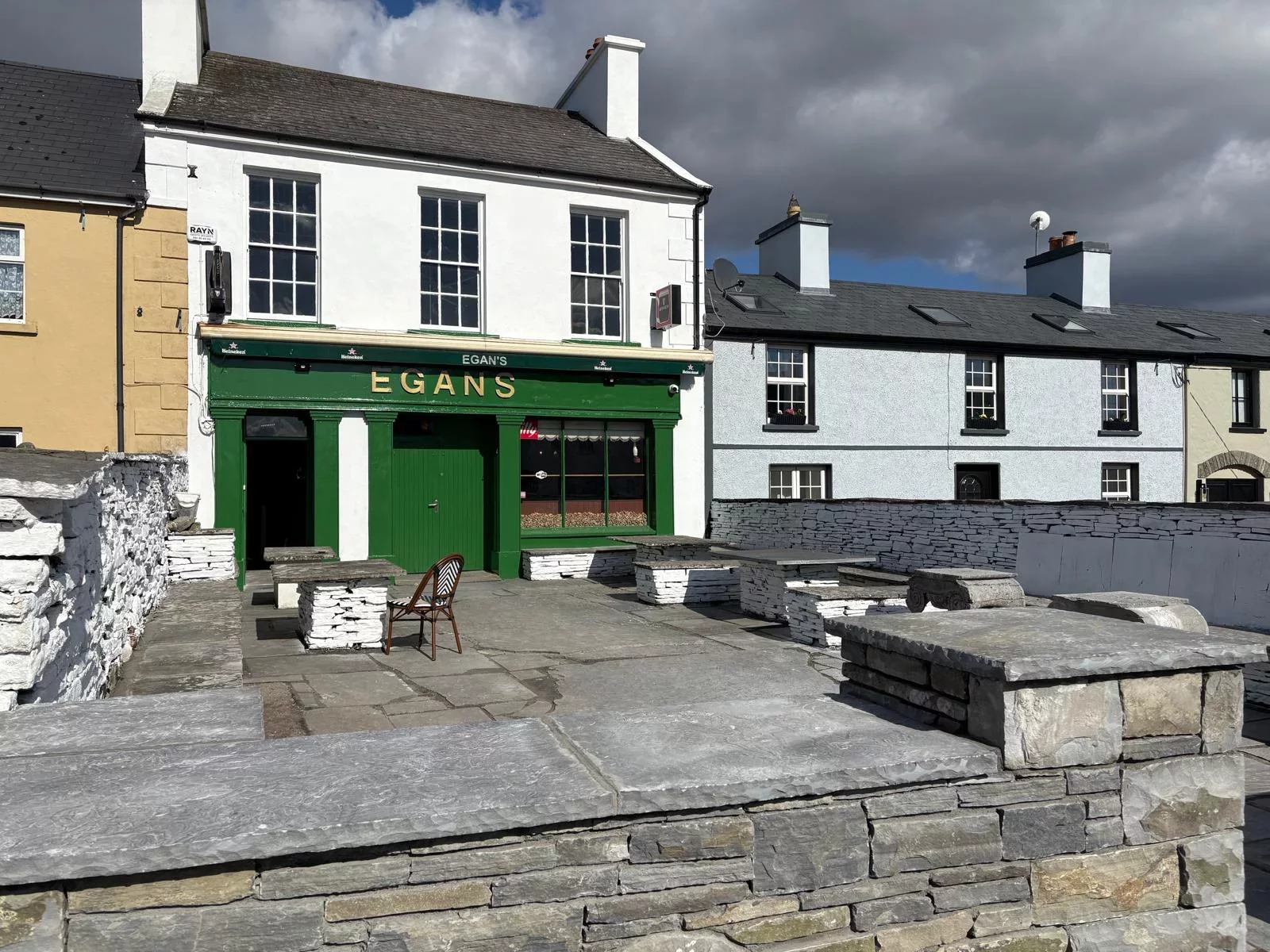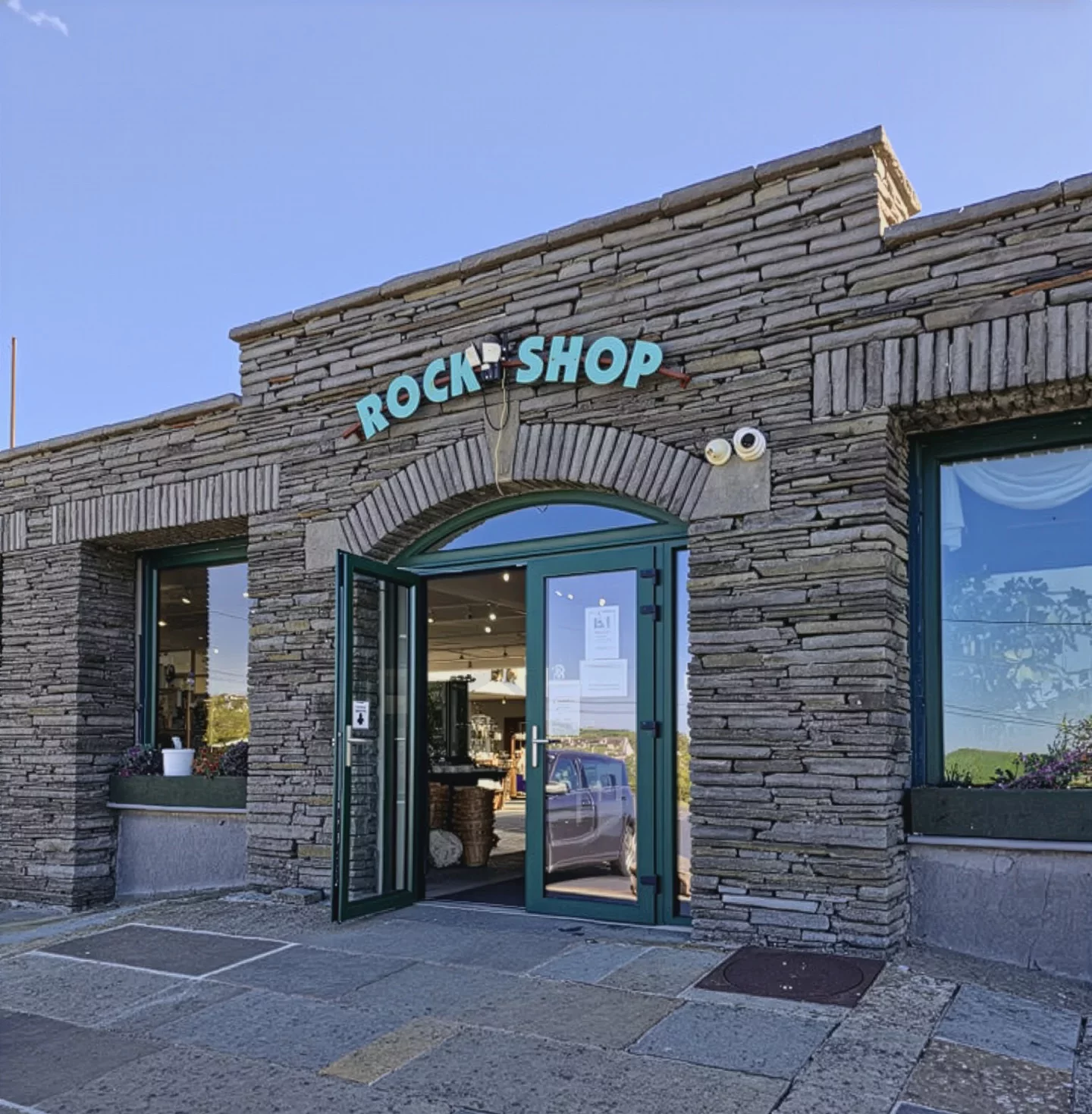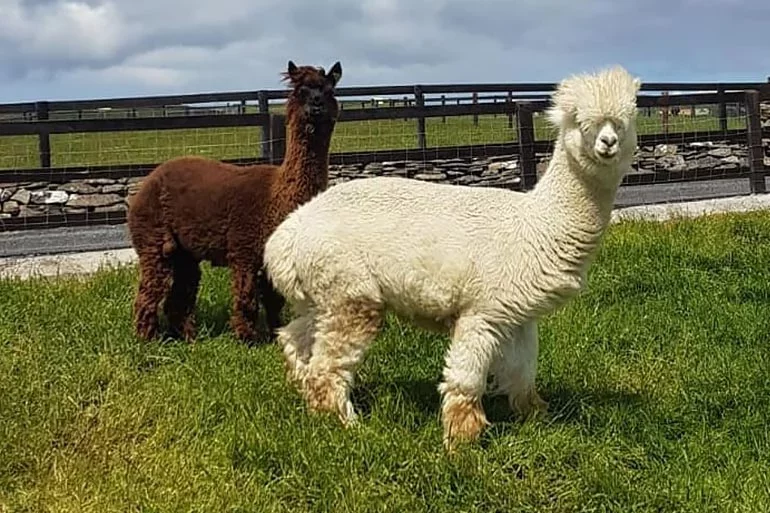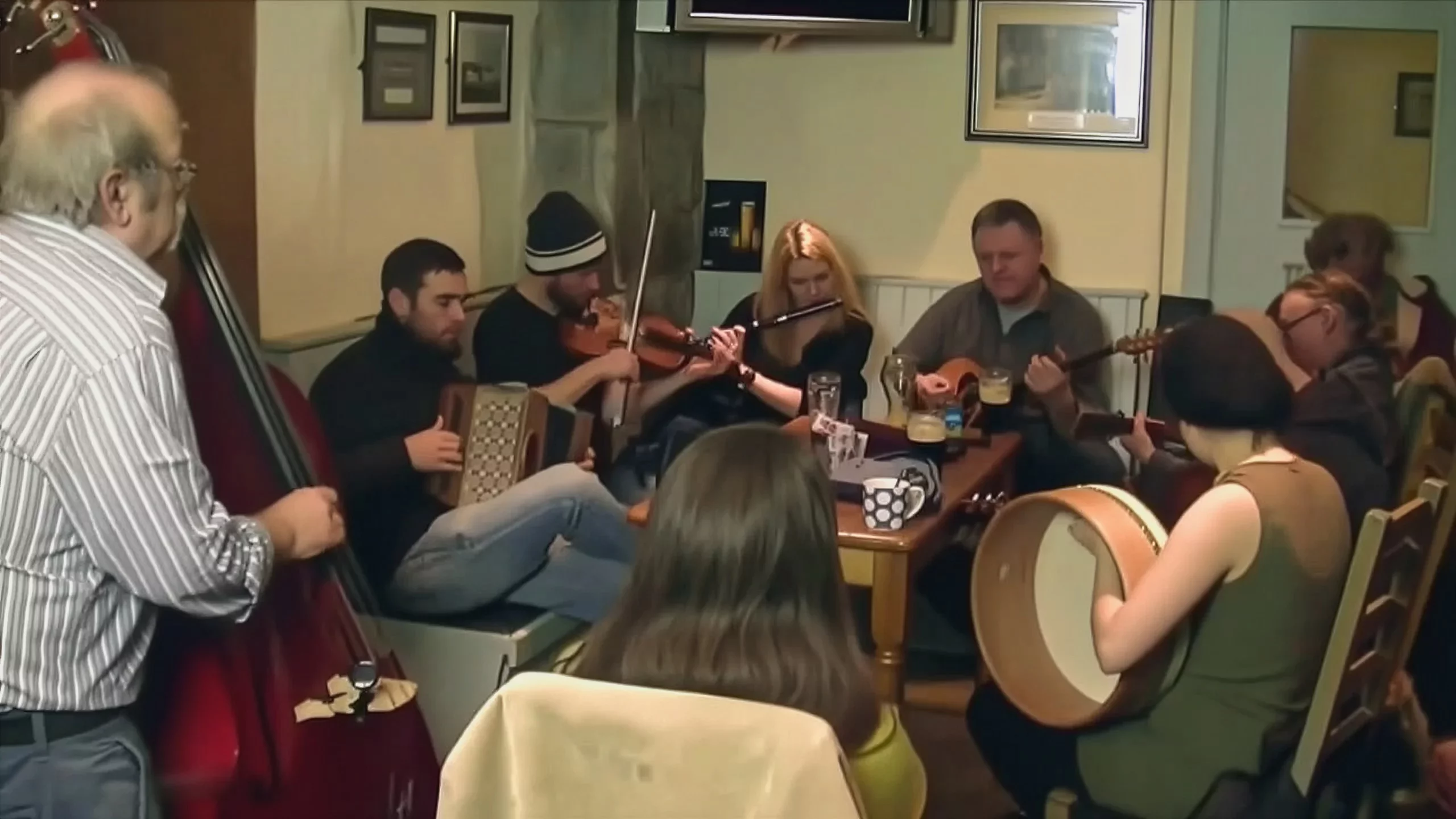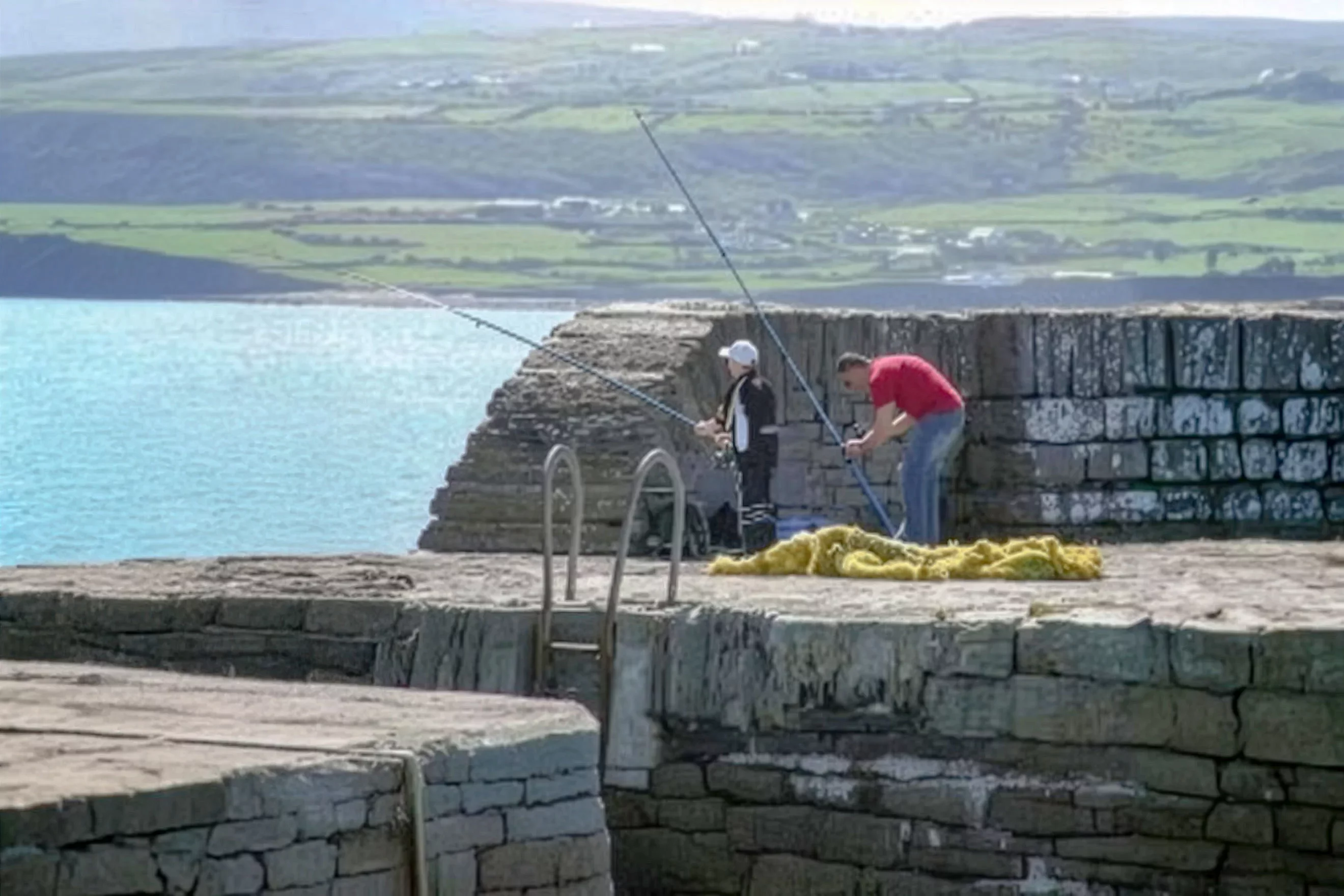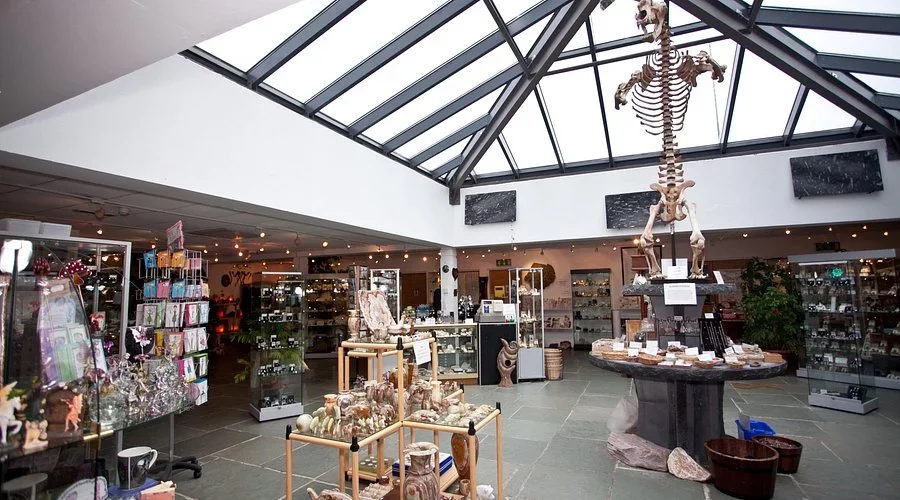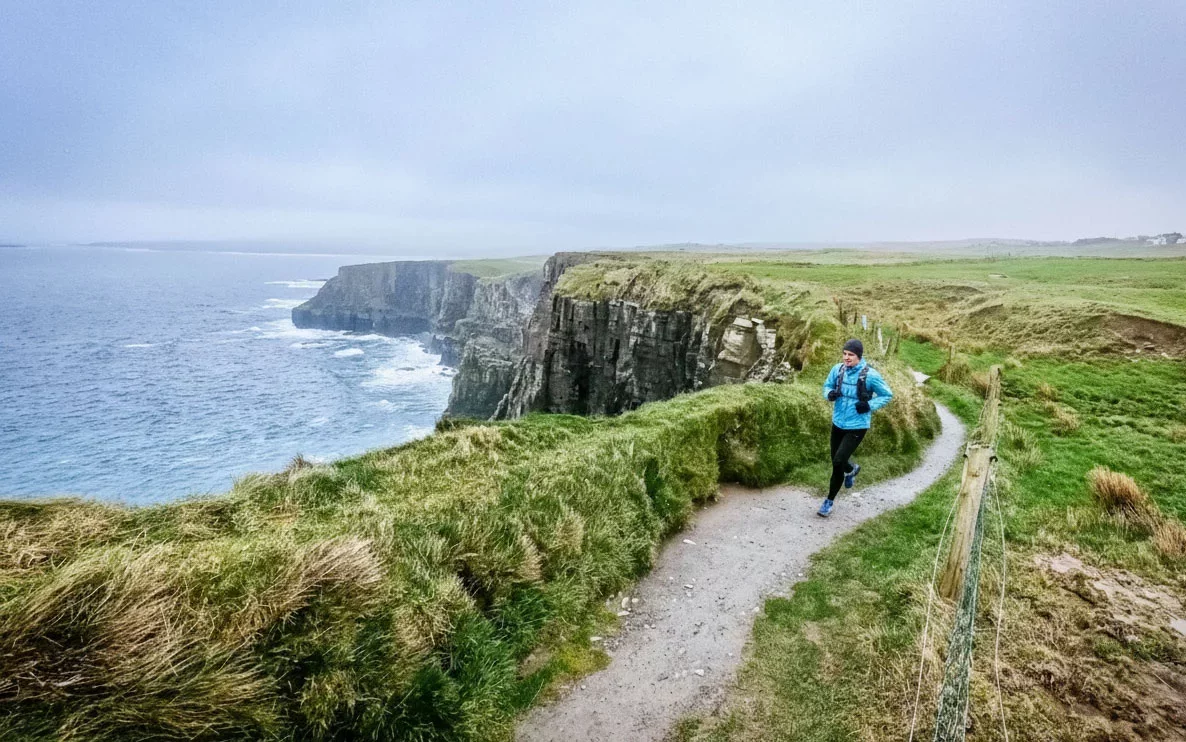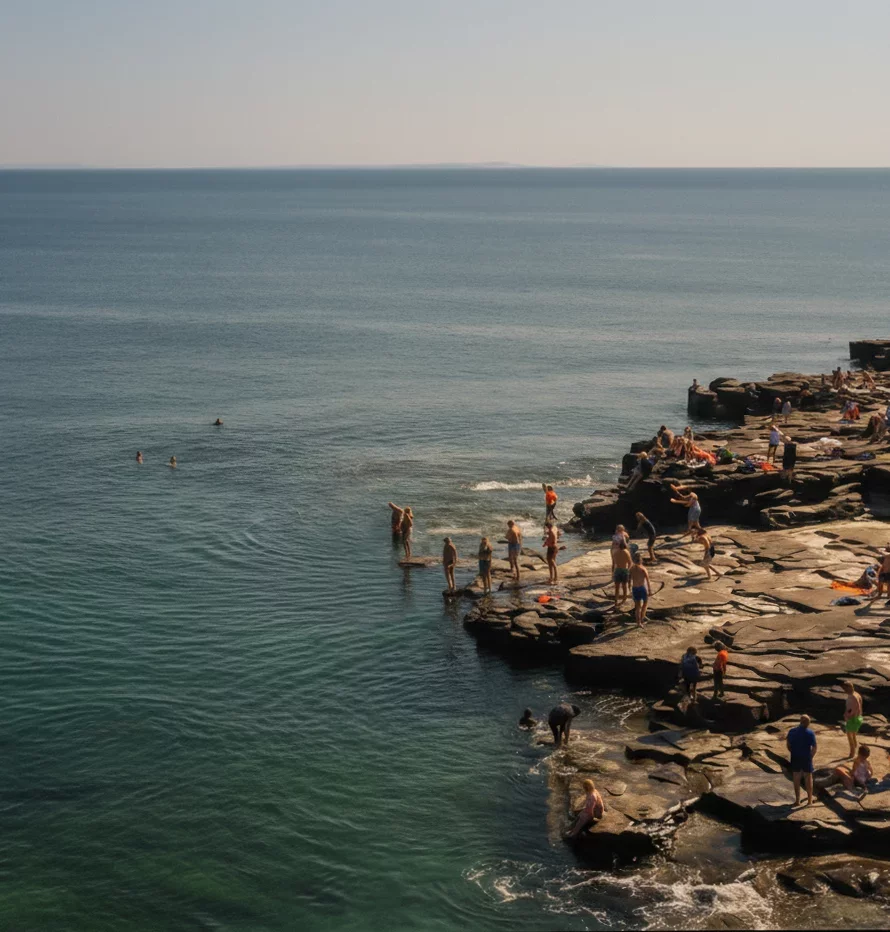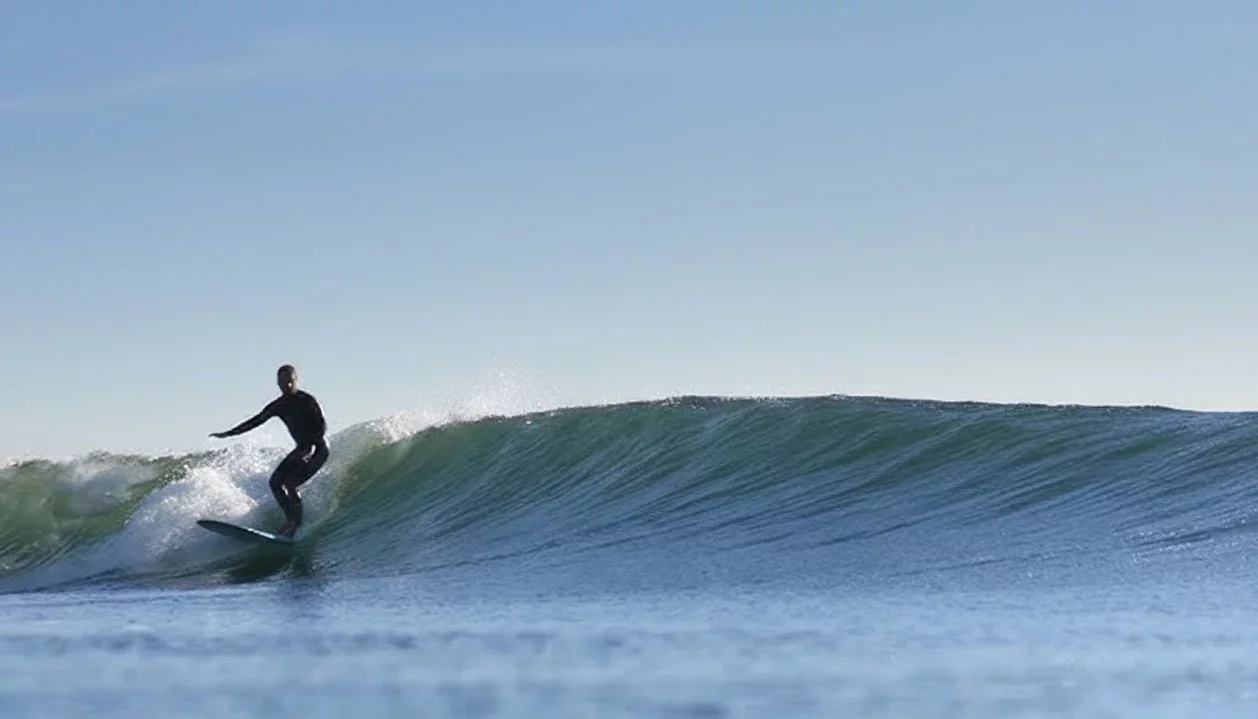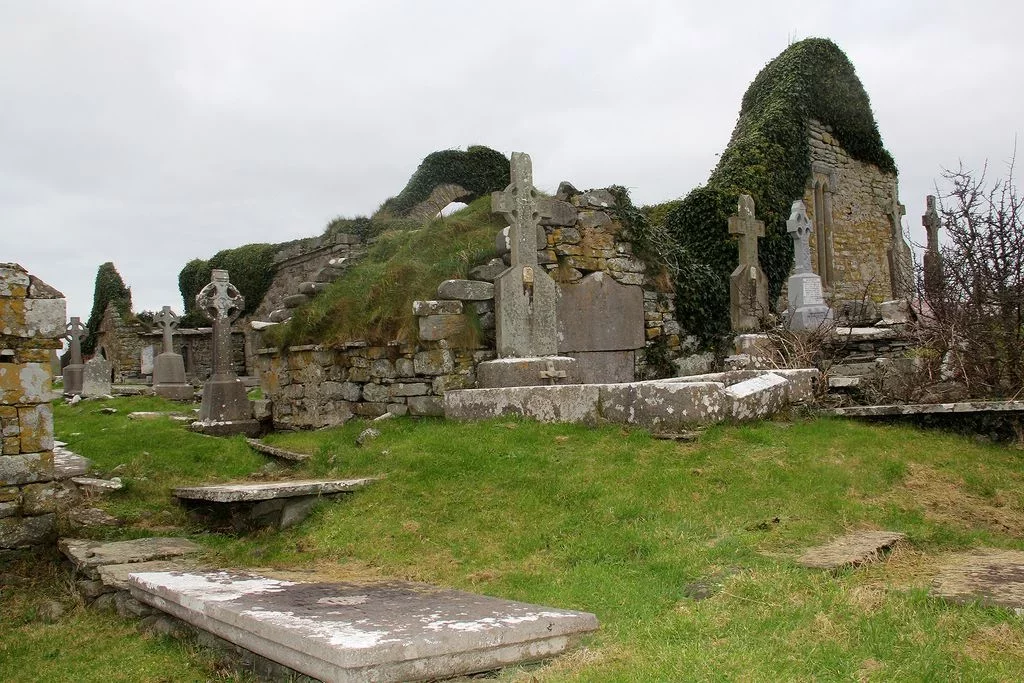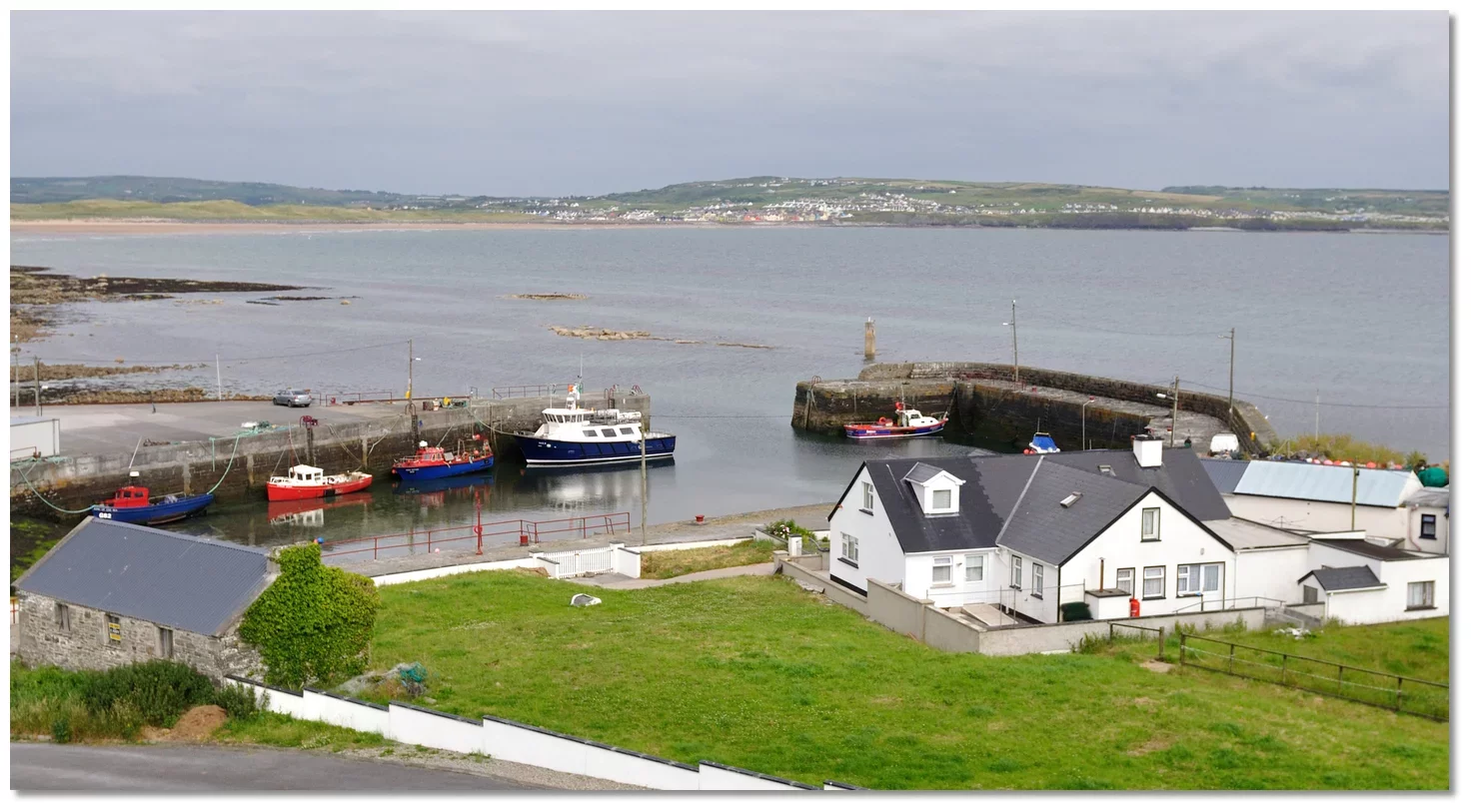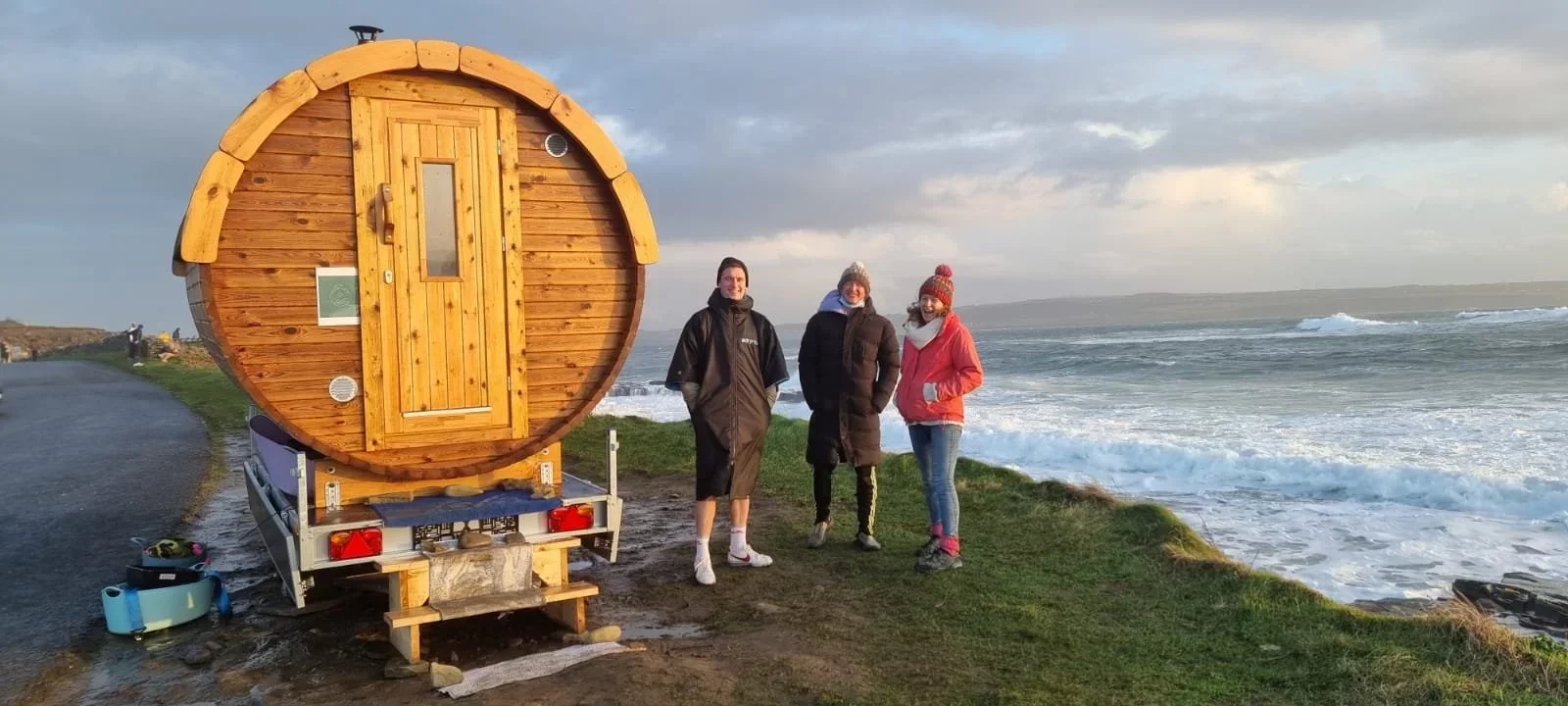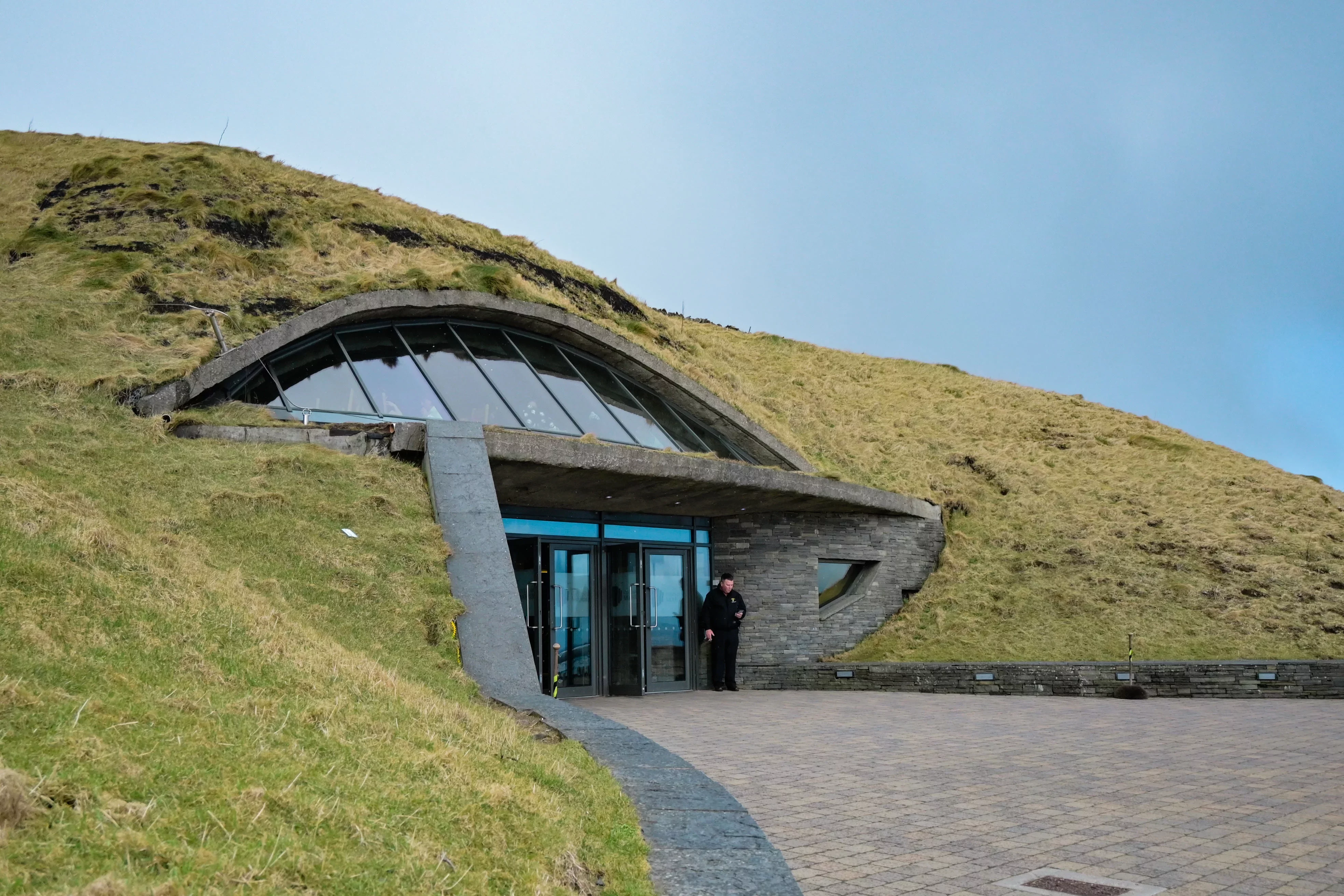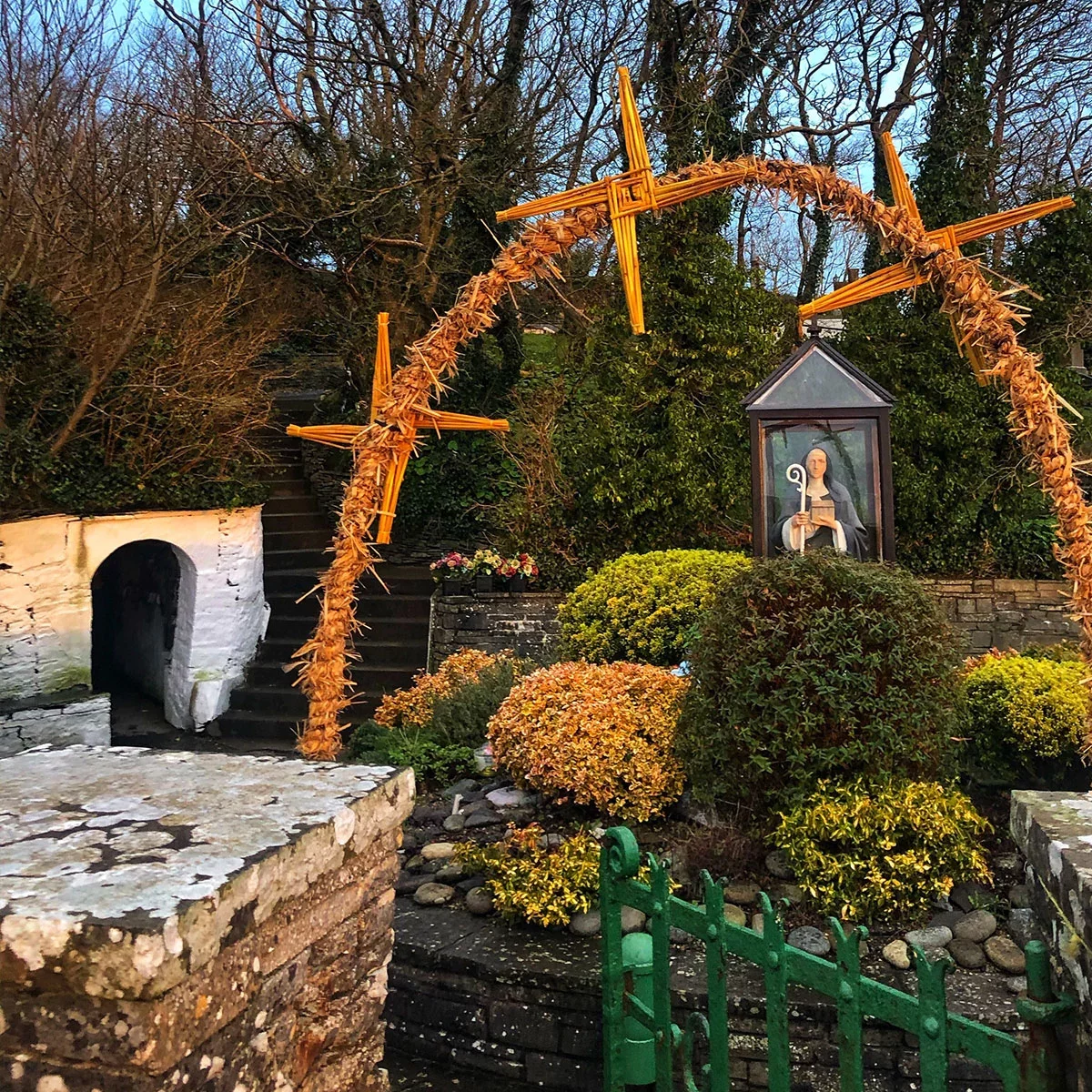Plan Your Visit to Liscannor
Everything you need to make the most of your trip—how to get here, where to stay, and what to explore.
Getting to Liscannor
Set between Lahinch and the Cliffs of Moher, Liscannor welcomes visitors travelling the Wild Atlantic Way. Getting here is straightforward, with parking in the village and nearby.
Driving offers the most flexibility for exploring nearby villages and the cliffs. Approximate times: Galway ~1.5 hr, Shannon Airport ~50 min, Limerick ~1 hr 15 min, Dublin ~3 hr (M7/M18).
Bus Éireann connects Liscannor with Ennis, Lahinch, Doolin, and the Cliffs of Moher. Services are limited—check timetables in advance. Local taxis operate from Lahinch/Ennistymon and can be pre-booked.
You’ll find parking around the harbour in Liscannor; the Cliffs of Moher Visitor Centre has a larger paid car park a short drive away. In summer, arrive early or plan off-peak times for easier parking.
Visitor Tips
The inside line on how to make the most of your time in Liscannor
Summer (June–August) brings long daylight hours, outdoor dining, and lively pub sessions, though parking and attractions can be busy. Spring and autumn are calmer, with mild weather, fewer crowds, and easier access to the cliffs. Winter offers a wilder Atlantic atmosphere—perfect for storm watching—though some businesses close for the season.
Moher Hill Farm is a hit with children, featuring animals, a playground, and family activities. Elsewhere around the parish, cafés provide kid-friendly menus and safe spots for breaks, while the harbour is ideal for a stroll. The Cliffs of Moher Visitor Centre also has interactive displays and exhibits designed to keep younger visitors engaged.
The harbour and village centre are mostly level and accessible, though some paths can be uneven. Holy wells, old stonework, and other walks may be tricky for wheelchairs or strollers. The Cliffs of Moher Visitor Centre has paved paths, lifts, accessible viewing platforms, and family-friendly facilities, making it the most accommodating site for all abilities.
Irish music sessions (“trad”) in pubs are informal gatherings where musicians sit together and play. Visitors are welcome to listen, clap along, or join in if they know the tune. At holy wells, such as St. Brigid’s, many people still leave tokens or say prayers. Visitors are free to observe, but it’s respectful to keep the atmosphere quiet and thoughtful.
Ideas to Make the Most of Your Visit
Adventure Day
Morning
Start with a stroll along the harbour, watching fishing boats and seabirds.
Hike the coastal path towards Clahane, with rugged stone walls, fossils, and tidal pools.
Midday
Explore the Cliffs of Moher Visitor Centre: cliff trails, panoramic views, and O’Brien’s Tower.
Picnic on the cliffs or enjoy a light bite nearby.
Afternoon
Continue hiking south towards Hags Head for quieter cliff views.
Visit one of the area’s historic holy wells on your return.
Evening
Unwind with a hearty meal in the village and a relaxed evening by the sea.

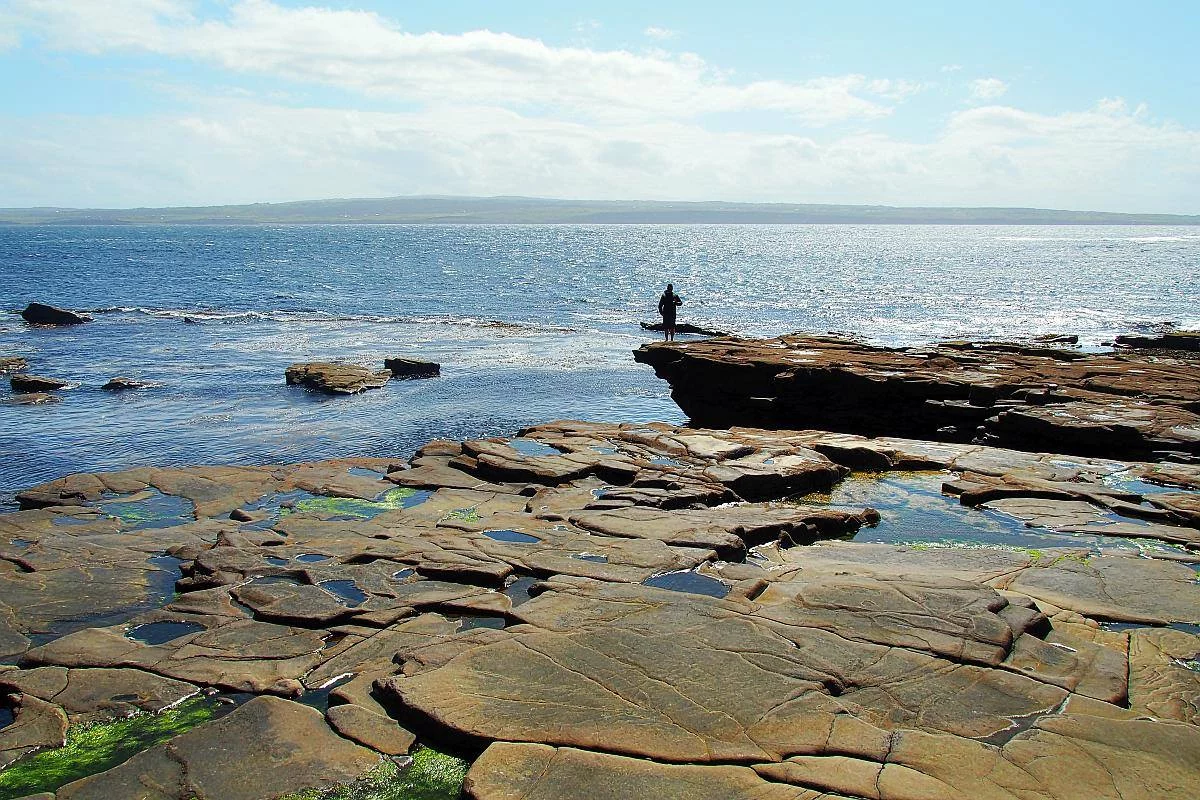
Relax & Recharge
Morning
Begin with a slow breakfast overlooking the bay.
Visit a peaceful holy well for quiet reflection.
Midday
Join a yoga or wellness session in the village or take a meditative walk along the harbour.
Pause for a light lunch at a local café.
Afternoon
Browse gifts, crafts, or fossils in village shops.
Spend time by the sea at Clahane or the harbour wall, watching the tide roll in.
Evening
Enjoy a relaxed dinner and perhaps a traditional music session in one of the village pubs.
End with a sunset stroll along the harbour.
Family Day Out
Morning
Visit a local farm and petting zoo, where kids can meet animals and enjoy play areas with views of the Cliffs.
Take a mid-morning snack or ice cream break.
Midday
Head to a nearby village for a family-friendly lunch.
Let the kids enjoy a playground and sandy beach for a run-around.
Afternoon
Explore the Cliffs of Moher Visitor Centre with kid-friendly displays and safe viewing platforms.
Stop for a sweet treat before heading back.
Evening
Return to Liscannor for an early dinner in a welcoming family atmosphere.
